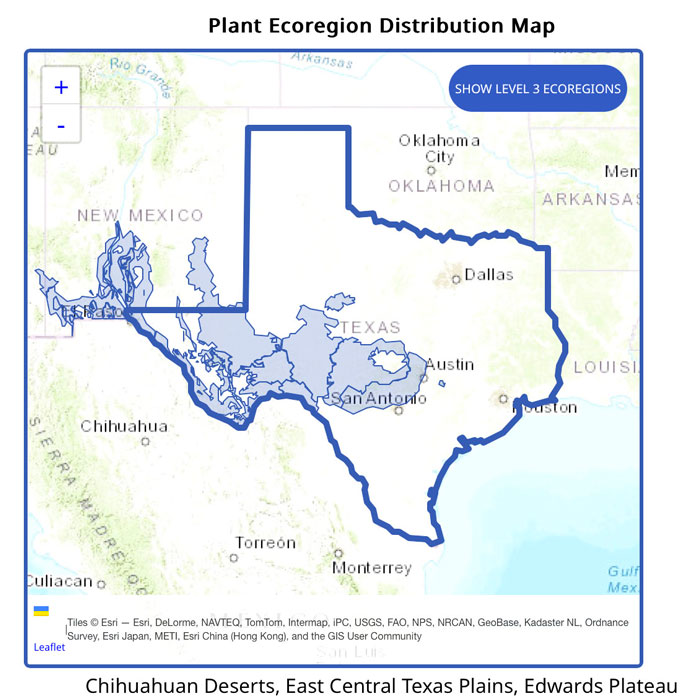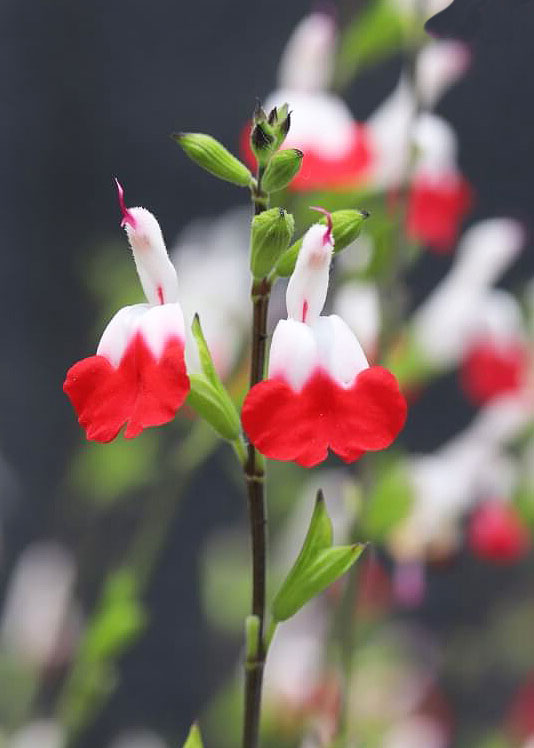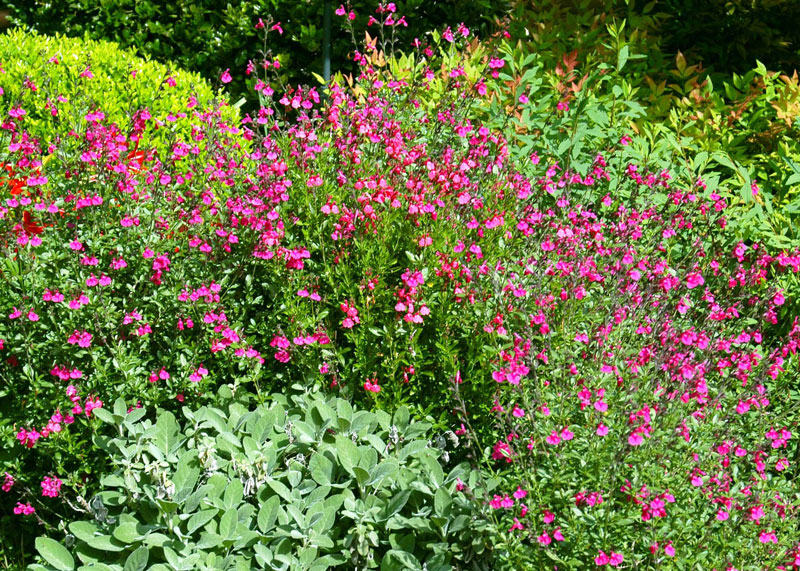Autumn sage is one of our finest
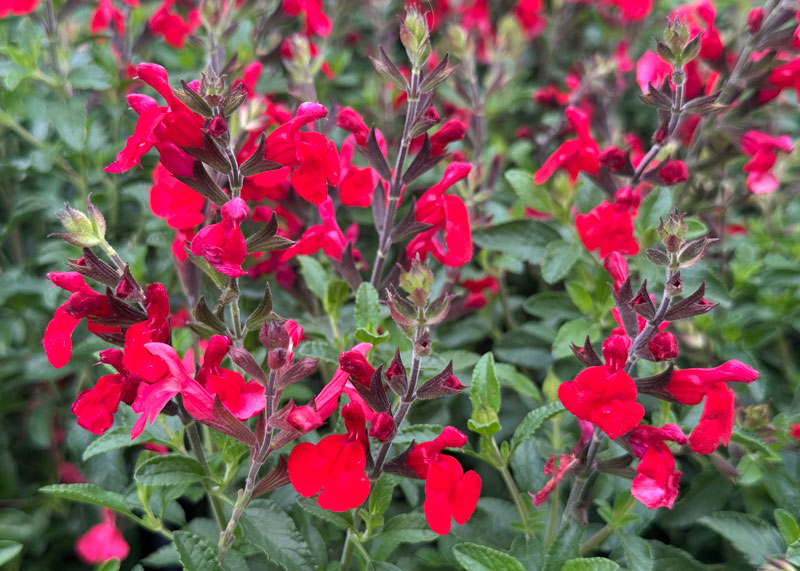
Autumn sage came into the Texas nursery marketplace during my career. In those ensuing years it’s become a mainstay for many of our gardens. Here are some reasons I like to recommend it.
It’s native to Texas. More specifically, to the Texas Hill Country of the Edwards Plateau and the East Central Texas Plains. (See map from the Native Plant Society of Texas.)
It’s a durable perennial. It’s tolerant of drought, and it handles Texas summer heat. It’s winter-hardy to U.S.D.A. Zones 6-9 (all of Texas).
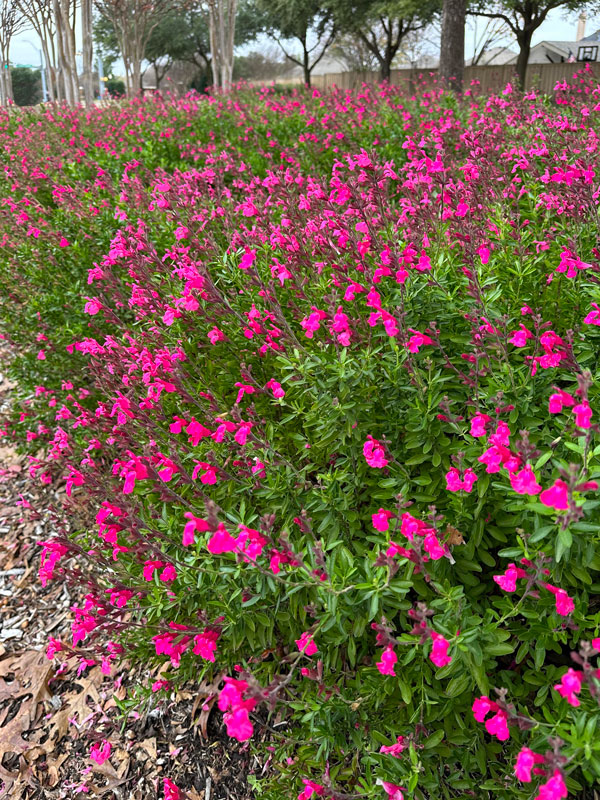
It blooms spring until frost. You’ll see plants blooming in landscapes in February, and those same plants will have a burst of new flowers in November. It’s hard to name any perennial with a flowering season that compares.
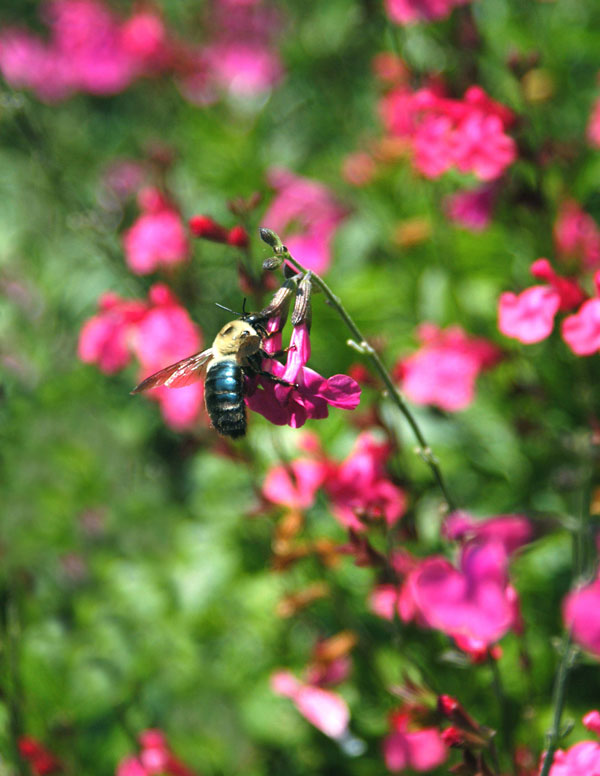
It’s a superior pollinator plant. Bees, butterflies, and hummingbirds love it. Conversely, it has no serious insect or disease pests.
It’s adapted to all types of soils. In its native homes in West and Southwest Texas it finds alkaline soils, but it’s equally happy in highly organic, acidic soils of East Texas. As with most plants, it responds well if given well-prepared soil, fertilizer, and regular waterings.
It requires very little maintenance. About all you have to do to keep it prospering is trim it back by half in mid-February and again by one-third in mid-August. Each trim will promote a successive flush of new growth and blooms. Aim to keep the plants in the range of 18-24 in. tall for best landscape performance. Without that pruning the plants will naturally grow to 3 to 4 ft. tall. They will take on a more open appearance.
Getting them started…
This time of year, Texas nurseries have many cultivars of autumn sage available for sale in 4-in., quart, and 1-gal. pots. It’s best to stay with one variety in a given bed as the plants may differ slightly in their growth habits and appearance.
Plant them in full or nearly full sun. A couple of hours of afternoon shade is tolerable, but the plants will bloom most heavily in sunny locations.
Space the plants 16 to 18 inches apart. Apply a water-soluble food monthly to get them off to a good start. Once they’re established, just feed them after the spring and late-summer prunings.
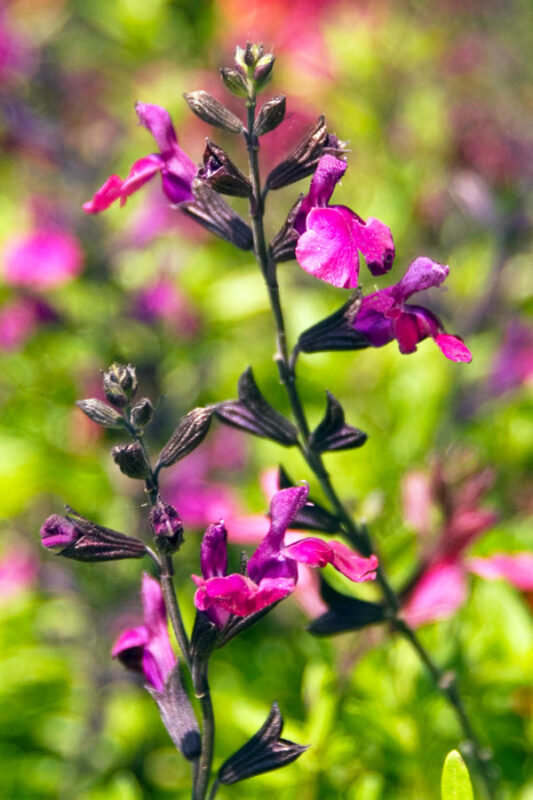
Unlike most salvias and other perennials, autumn sages will not need to be pruned back severely following the first hard freeze. Their stems are woody. The plants may lose some of their leaves over the winter, but there is rarely any dieback of the stems.
Autumn sage plants are propagated from seed, but specific selections
must be grown vegetatively from semi-hardwood or softwood stem cuttings.

